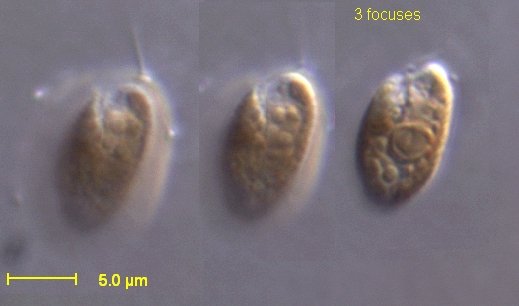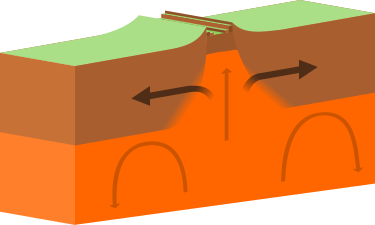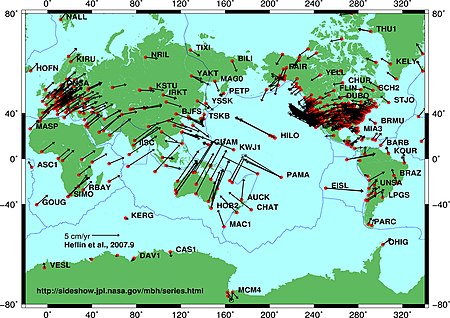Stryder50
Platinum Member
Prokaryotes still exist;500 million years ago the first land plants would not appear for another 25 million years. There were all manner of life in the oceans but nothing on dry land. And of the many species in that ocean, not one lives today. Are you sure you want to use that as an example of a human-friendly environment?
A prokaryote (/proʊˈkærioʊt, -ət/, less commonly spelled procaryote)[1] is a single-cell organism whose cell lacks a nucleus and other membrane-bound organelles.[2]
...
The oldest known fossilized prokaryotes were laid down approximately 3.5 billion years ago, only about 1 billion years after the formation of the Earth's crust. Eukaryotes only appear in the fossil record later, and may have formed from endosymbiosis of multiple prokaryote ancestors. The oldest known fossil eukaryotes are about 1.7 billion years old. However, some genetic evidence suggests eukaryotes appeared as early as 3 billion years ago.[43]
...



Prokaryote - Wikipedia
The eukaryotes (/juːˈkærioʊts, -əts/ yoo-KARR-ee-ohts, -əts)[5] constitute the domain of Eukarya or Eukaryota, organisms whose cells have a membrane-bound nucleus. All animals, plants, fungi, and many unicellular organisms are eukaryotes. They constitute a major group of life forms alongside the two groups of prokaryotes: the Bacteria and the Archaea. Eukaryotes represent a small minority of the number of organisms, but given their generally much larger size, their collective global biomass is much larger than that of prokaryotes.
...
The origin of the eukaryotic cell, or eukaryogenesis, is a milestone in the evolution of life, since eukaryotes include all complex cells and almost all multicellular organisms. The last eukaryotic common ancestor (LECA) is the hypothetical origin of all living eukaryotes,[69] and was most likely a biological population, not a single individual.[70] The LECA is believed to have been a protist with a nucleus, at least one centriole and flagellum, facultatively aerobic mitochondria, sex (meiosis and syngamy), a dormant cyst with a cell wall of chitin or cellulose, and peroxisomes.[71][72][73]
...

The presence of steranes, eukaryotic-specific biomarkers, in Australian shales previously indicated that eukaryotes were present in these rocks dated at 2.7 billion years old,[22][84] but these Archaean biomarkers have been rebutted as later contaminants.[85] The oldest valid biomarker records are only around 800 million years old.[86] In contrast, a molecular clock analysis suggests the emergence of sterol biosynthesis as early as 2.3 billion years ago.[87] The nature of steranes as eukaryotic biomarkers is further complicated by the production of sterols by some bacteria.[88][89]
Whenever their origins, eukaryotes may not have become ecologically dominant until much later; a massive increase in the zinc composition of marine sediments 800 million years ago has been attributed to the rise of substantial populations of eukaryotes, which preferentially consume and incorporate zinc relative to prokaryotes, approximately a billion years after their origin (at the latest).[90]
...

Eukaryote - Wikipedia
When you claim "And of the many species in that ocean, not one lives today." the above two examples would suggest you are in error.





